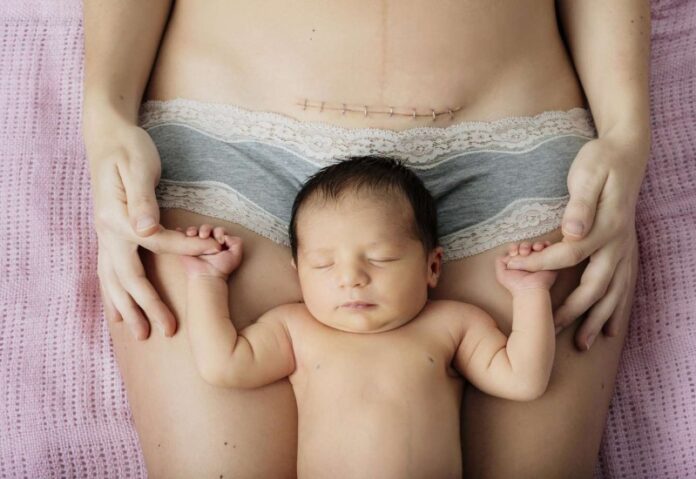If you’re pregnant, the two primary methods for delivery your baby are vaginal delivery or cesarean section. Each has its advantages and drawbacks.
The primary benefit of a C-section is that it’s less risky for both mother and fetus. However, you should still discuss your options with your doctor before making a final decision.
If you are looking for caesarean delivery in Noida, consult Dr. Bhumika Shukla at Niraamaya Clinic.
Normal Vaginal Delivery
Vaginal delivery is a safe and painless method for giving birth, unlike cesarean deliveries that may cause tears in the vaginal tissues or pelvic injuries.
Natural childbirth can also result in early exclusive breastfeeding, but it’s best to consult a doctor before making the decision to give birth naturally.
If you are planning a normal delivery, it is essential to find a doctor who specializes in obstetrics and gynecology. These professionals have extensive training on pregnancy-related complications and risks so they can provide you with the highest quality care during your pregnancy, labor, and delivery.
C-Section Delivery
C-sections are surgical deliveries that involve an incision in the abdomen and uterus. It has become a widely popular procedure among women in America, with nearly 32 percent of all births performed through cesarean deliveries in 2016.
Health care providers may suggest a Cesarean delivery for various reasons. These may include an abnormal fetal heart rate (not reaching the normal range of 120 to 160 beats per minute), a placenta previa that blocks the opening to the cervix, or prolapsed umbilical cord.
C-sections may also be performed when the baby’s size causes difficulties during labor or when there’s an issue with positioning (head down, facing away from the mother’s back) during delivery.
Most C-sections are performed under regional anesthesia, which numbs only the lower portion of your body and keeps you conscious throughout the procedure. You may require a bladder catheter (tube) to drain urine, which helps protect against deep vein thrombosis.
Post-C-Section Care
After a c-section, it’s common to spend the first few days in the hospital ward. Here, you and your baby can bond while doctors check for any potential complications.
Your healthcare provider will administer pain medication and other medicines, including antibiotics to prevent infection, while you are in the hospital. This is done to help you avoid complications and recover quickly from surgery.
Expect to spend two to four days in the hospital, though this may vary depending on your health condition. Some women require more time, so it’s essential that you inform your doctor if you’re feeling unwell.
After your c-section, you may experience wound closure with stitches or clips. Your midwife should visit you about 5-7 days after delivery to remove these. Additionally, you may experience vaginal bleeding or discharge at the site where the placenta attached to the uterus; this is normal and expected.
Recovery
Caesarean or C-section deliveries require major abdominal surgery, so it’s no shock that recovery takes time. Thankfully, modern medical technology has made the procedure safer for both mother and baby.
After a C-section delivery, the recovery period is similar to that experienced with vaginal delivery; however, the length of time spent in hospital will depend on your individual and baby’s needs. On average, expect to spend two to four days in the hospital.
Achieving a healthy recovery requires taking good care of yourself and getting to know your new baby. This includes eating nutritiously, exercising regularly, and getting plenty of rest. Furthermore, it’s essential that you take precautions against bacteria or other microbes in the wound area.









